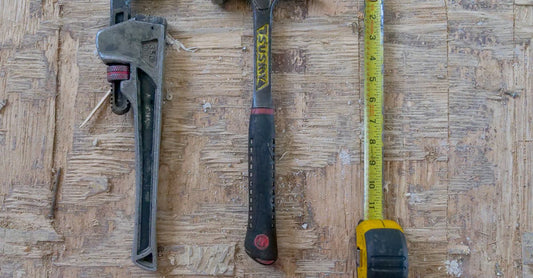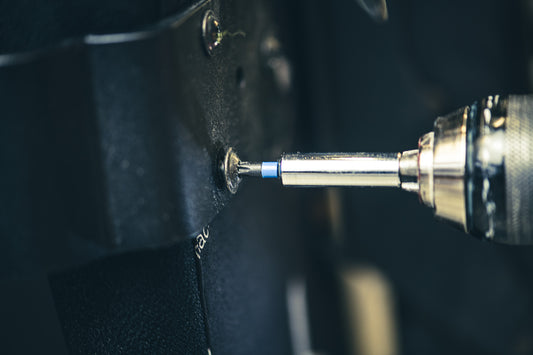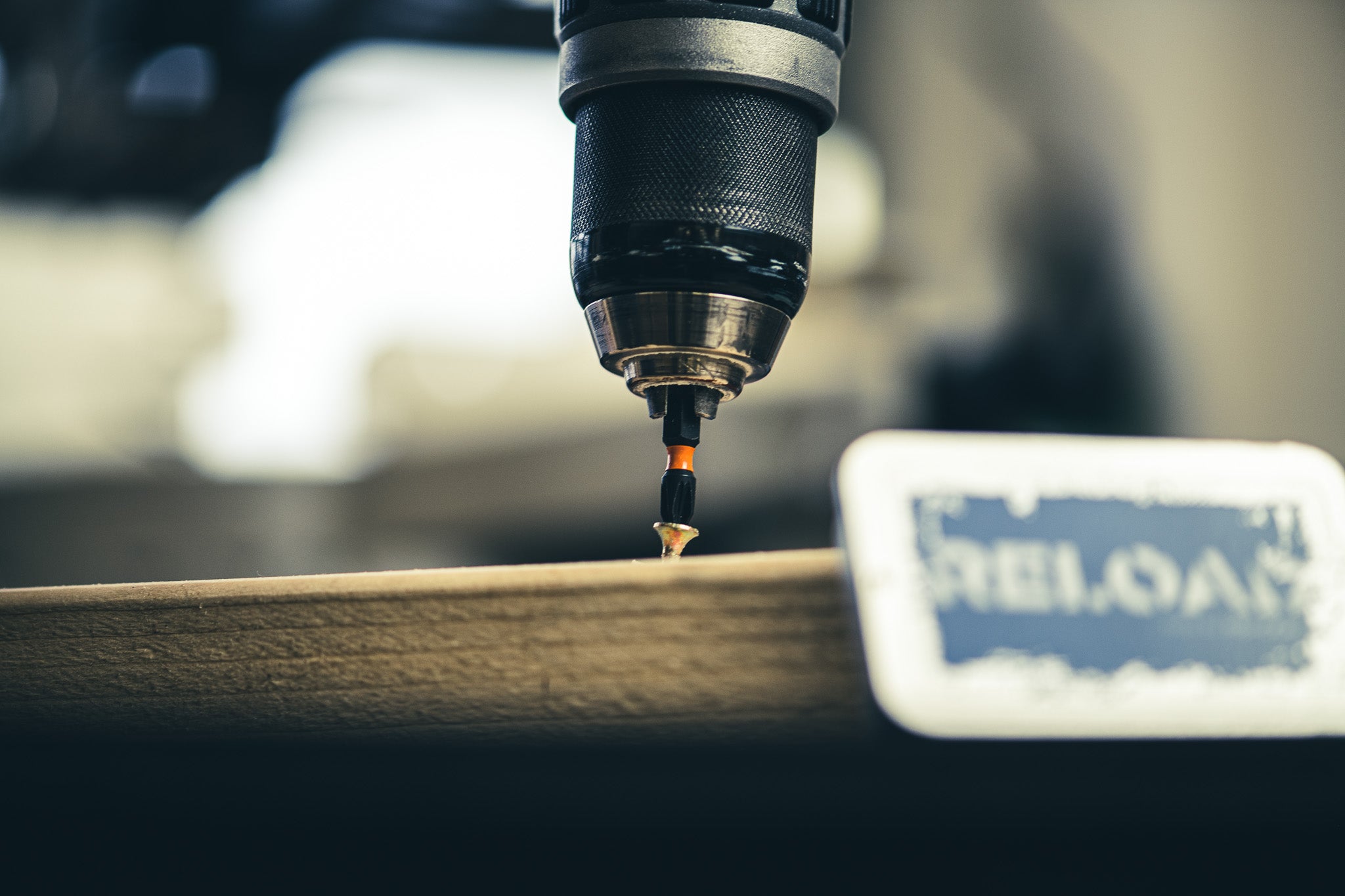Gee-Eff-See Eye Receptacle
GFCI, Receptacle
A type of electrical outlet with built-in protection against electrical shock.
Example usage: Be sure to install a GFCI Receptacle in any wet areas.
Most used in: North America and Europe.
Most used by: Electrical contractors, plumbers, and DIYers.
Popularity: 8/10
Comedy Value: 4/10
Also see: GFCI Outlet, Ground Fault Circuit Interrupter Receptacle, GFCI Electrical Outlet, GFCI Wall Socket,
What is a GFCI Receptacle?
A GFCI receptacle, also known as a ground fault circuit interrupter receptacle, is an electrical safety device commonly used in homes and commercial buildings. It is designed to detect the presence of an electrical fault in a circuit and immediately shut off the power to prevent electric shock.
GFCI receptacles are typically installed in areas where water is present, such as bathrooms, kitchens, garages, and basements. This is because water and electricity can be a dangerous combination if an electrical fault is present. The GFCI receptacle is designed to detect the small current that could flow through a person in the event of a fault and shut off the power before any harm is done.
The National Electrical Code requires that all 15- and 20-amp, 120-volt receptacles located in damp or wet locations be GFCI-protected. According to the Electrical Safety Foundation International, this type of protection is estimated to save over 300 lives each year in the United States.
GFCI receptacles are relatively easy to install, and can be done by a qualified electrician. However, it is important to remember that these devices are not foolproof and regular testing is recommended to ensure that they are functioning properly.
The Origin of the Term 'GFCI Receptacle'
The term 'GFCI Receptacle' has been used in the context of electrician construction since the 1970s. It stands for Ground Fault Circuit Interrupt Receptacle and was first used in the United States.
The development of GFCI Receptacles was prompted by the National Fire Protection Association (NFPA) and the Underwriters Laboratories (UL). These organizations wanted to create a device that could reduce the risk of electric shock in residential and commercial settings.
In 1971, the UL developed the first Ground Fault Circuit Interrupter (GFCI), which was designed to detect electrical currents that were higher than normal. This device was designed to protect people from electrical shock if a fault occurred in the circuit.
Soon after, the NFPA and UL developed the GFCI Receptacle, which was a combination of the GFCI and a receptacle outlet. This device was designed to be installed in the walls of homes and businesses to provide protection against electric shock.
Since its introduction in the 1970s, the GFCI Receptacle has become a standard safety feature in homes and businesses across the United States. It is now required by the National Electrical Code in all new construction and is also used in many existing homes and businesses.




